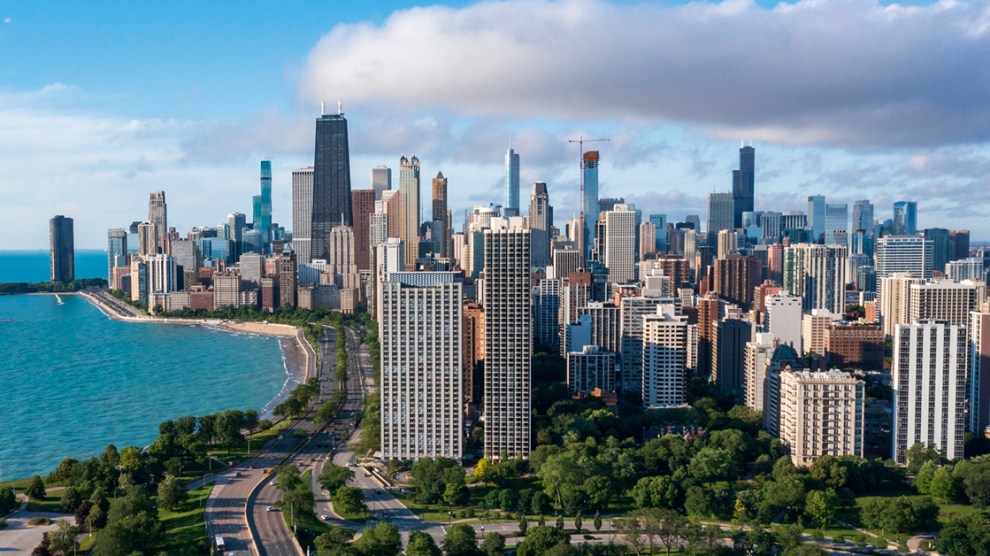The average U.S. asking rent continued to soften, rising 4.8% year-over-year, keeping the rate unchanged from January, at $1,702.
Report highlights:
- The average U.S. multifamily rent was flat at $1,702 in February, up 4.8% year-over-year; Occupancy remained above 95%.
- Household growth and deliveries of new stock are key rent drivers.
- Lifestyle rents decreased 0.2%, Renter-by-Necessity rates rose 0.2% in February.
- SFR rents remained flat at $2,071, up 3.4% year-over-year.
U.S. multifamily rent growth continued to decelerate, up just 4.8% year-over-year in February, a 70-basis-point decline from the previous month. Although the rate marks the lowest level in nearly two years, the average asking rent remained flat for the second consecutive month, at $1,702. The weak performance is not yet cause for concern as we’re still in the winter seasonal slowdown, but all eyes are on the arrival of spring.
With household formation softening, deliveries weigh more on rents’ performance, and metros with high levels of new inventory are now underperforming in rents and occupancy. Among Yardi Matrix’s top 30 metros, Las Vegas (-1.6%) and Phoenix (-1.2%) occupied bottom-ranking positions, while Austin (2.0%), Atlanta (2.2%) and Sacramento (2.3%) were barely positive. Indianapolis remained in the lead with year-over-year rents up 9.0%, followed by Kansas City (7.9%), New York (7.0%) and Chicago (6.3%).
The Federal Reserve’s repeated interest rates increases have not (yet) brought down inflation, so they will continue to rise. This will affect both new supply—the number of projects relying on construction financing will dwindle—as well as transaction activity. With capitalization rates likely to continue increasing, property values will take longer to recover.
Gap widens between Lifestyle – RBN short-term rent gains
On a month-over-month basis, rent growth remained flat in February. The 0.2% decrease in the Lifestyle segment annulled the 0.2% increase in the RBN segment. This dynamic also shows that affordability influences demand. Of Yardi Matrix’s top 30 metros, 24 posted decreases in asking rents and just five registered increases. New York (0.8%) and Kansas City (0.3%) posted the best monthly Lifestyle rent performance while at the other end of the ranking were Phoenix, Orange County and San Jose (-0.6%) and Seattle (-0.7%). In the RBN segment, 19 metros posted increases—led by Miami (0.9%) and Kansas City (0.8%)—and seven marked declines.
Renewal rents continued to soften, to 8.8% year-over-year through December, 130 basis points below November’s rate. Although the rate is the lowest since early 2022, it remained high by historical standards, but will likely decelerate further in tone with asking rents. Miami (16.8%), Raleigh (13.7%), Tampa (13%) and Kansas City (12.8%) led this metric. National lease renewal rates dropped to 64% in December from 65.6% in November. Expensive rental markets Los Angeles (43.3%), San Francisco and San Jose (46.5%) ranked lowest in lease renewals.
Single-family BTR Segment in high demand
The asking rent for SFRs gained 3.4% year-over-year in February to $2,071, down by another 80 basis points from January’s rate. Occupancy slid 10 basis points in December to 95.7%, 1.3% below the rate recorded in December 2021.
During the 2011–2021 decade demand for single-family rental households increased considerably, but new supply lagged, according to a study released by the National Rental Home Council. The SFR inventory expanded by 3.1% during this time, and overall, SFRs contracted by 1.6% as a share of housing stock. The construction pipeline had 107,000 units in communities of 50 or more units, according to Yardi Matrix’s database of build-to-rent properties.
Read the full Matrix Multifamily National Report-February 2023











Add Comment